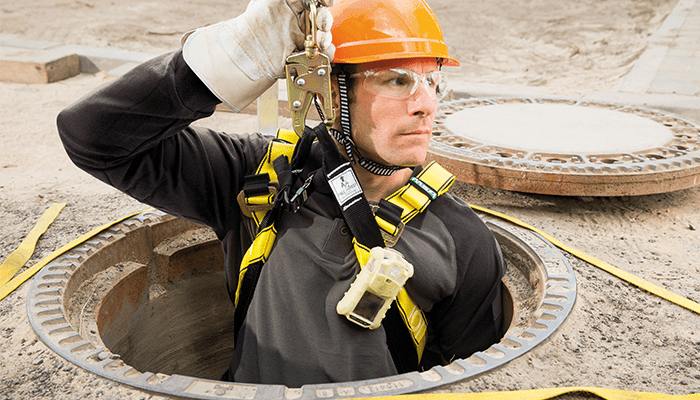7 Tips To Develop An Effective Confined Space Rescue Plan

Does your line of work requires working in a confined space? You have to be aware of the potential dangers that come along with this type of work. In case someone is trapped in a space, they will need rescuing. Moreover, if they are injured or incapacitated, it’s of the essence that you act quickly and properly. It is important in order to save their life. With that in mind, you need an effective rescue plan for confined spaces. If you don’t already have one in place, here is what you need to know.
1. Understand the nature of the emergency
For starters, you need to understand the nature of the emergency. There are many things that can happen. Workers that enter these spaces need to be trained. So that they notice signs of narcosis or hypoxia, which can provide them with time to self-rescue. However, typically other people will be helping the worker that is trapped, so it’s vital to realize when a rescue is time-sensitive. For instance, if oxygen levels in the confined space are low, the mission is considered time-sensitive. Additionally, rescues can be offensive and defensive. The latter is a recovery mission where the trapped worker is unlikely to be revived.
2. Assess the site
To rescue someone, you need in-depth knowledge of the confined space. Before anyone can enter the space in the first place, it needs to be identified, classified, and labelled. Each confined space should be secured so that necessary measures can be taken in case of an incident. For instance, as traditional tripods don’t work in all spaces, anchor eyebolts might need to be installed to make vertical rescue possible. In case someone gets trapped, further assessment can be made using a camera that will show all dangers and the position the trapped worker is in.
3. Form a rescue team
Working in confined spaces on a regular basis means that you should form a rescue team that will always be available to help workers that get trapped. In a rescue situation, it is usually not enough to just hook a worker up to a line on a winch and pull them out. Instead, you want safety professionals that have had confined space training and understand how to respond to an emergency. Decide whether you will form an in-house rescue team, rely on an outside contractor, or call local emergency response services.
4. Create a rescue plan
Once an accident happens, the rescue team needs to assess the situation, scrutinize the space, and work out the best strategy to help the trapped worker. First of all, roles should be assigned so that everyone knows what to do. The necessary equipment like PPE, harnesses, atmospheric testing apparatus and medical supplies should also be acquired as soon as possible. If hazardous materials are present, they need to be managed. Communication channels need to be established and a monitor that will keep track of everything from the air quality to who is entering the space should be appointed.
5. Practice the plan
If you happen to work in the same confined space day after day, you can prepare a rescue plan that you will practice on a regular basis. Running drills means that you will be prepared for an emergency regardless of when it happens. The better you get at it, the fewer injuries and casualties you will encounter. On the other hand, even if you change the worksite often, you can still run all sorts of simulations that will teach your team how to assess the situation and act on time.
6. Reevaluate on a regular basis
From time to time, you want to reevaluate your rescue plan. Go through it step by step and see whether any part can be improved. Analyze how equipment is used and how hazards are managed. Efficiency is key here so if there is something that can be made faster or safer, you should try implementing it into the plan.
7. Make sure you have all the necessary permits
Lastly, check with your local workplace health and safety agency whether you need permits for workers to be allowed into confined spaces. These usually include the names of the entrant and supervisor, the purpose of the task, identification of the space, potential hazards, and the equipment that will be used.
When working in confined spaces, you need to have an effective rescue plan that will ensure your workers are freed in the shortest time possible. Keep these tips in mind when developing your plan.







